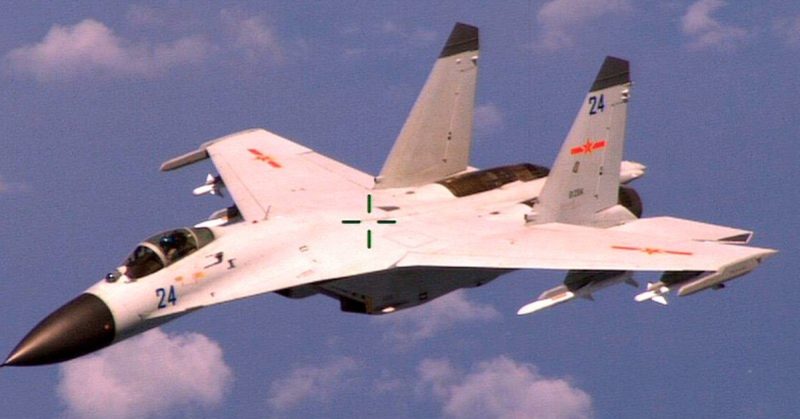The Shenyang J-11 looks familiar made from the designs of the Soviet Sokhumi Su-27 air superiority fighter. The plan was stolen from the Soviets and manufactured by the Shenyang Aircraft Corporation. The deal was to buy enough jet fighters to protect its border, but suddenly China stopped the contract and started producing their own.
Modified versions of the Shenyang J-11
The original J-11 were made from the designs of a Su-27. The parts are now made from Chinese hardware, but the idea still came from the Soviets. There are several variants such as the J-11BS (a combat-capable two-seat trainer version) and the J-11BH (managed by the Naval Air Force). 120 J-11Bs were still in service in 2015.
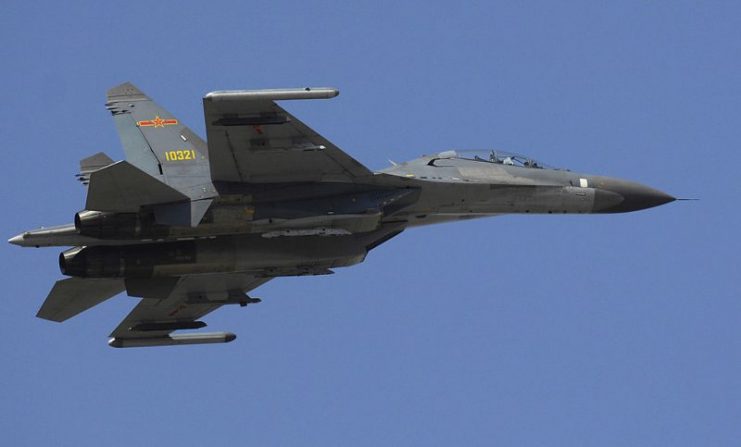
Aside from that, there are also two additional Chinese jet fighters. The J-15 “Flying Shark” made from the designs of Soviet’s Su-33, it is more like the Su-27 with wings that can be folded. Both the landing gear and arresting hook were upgraded.
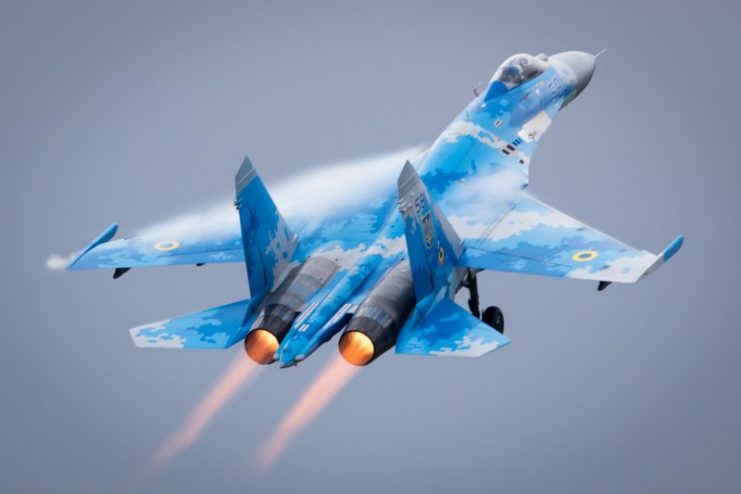
In 2006, China made an effort to buy two Su-33s for $100 million from Russia, but they refused to sell any. Realising Russia did not want to sell, China bought a prototype from Ukraine. By 2009, China was able to produce the first J-15, and by 2012 two J-15s completed their first landing on the carrier Liaoning. Soon around twenty four Flying Sharks are seen on board the Chinese carrier.
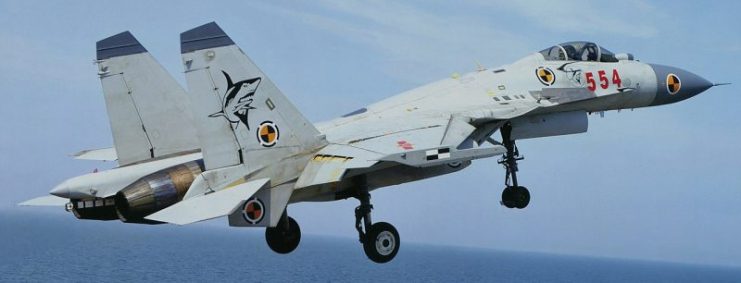
The J-15 is made similarly to the FA-18E/F Hornet, but they had a problem with the unsatisfactory thrust of the WS-10A engines limiting the J-15 from using the “ski-jump” ramps on China’s aircraft carrier when equipped with a full weapons load.
One Chinese newspaper was quick on criticizing the fighter’s inability to take off from the carrier as it carries more than twenty-four thousand pounds of ordnance, or a full fuel load, and four thousand pounds of munitions.
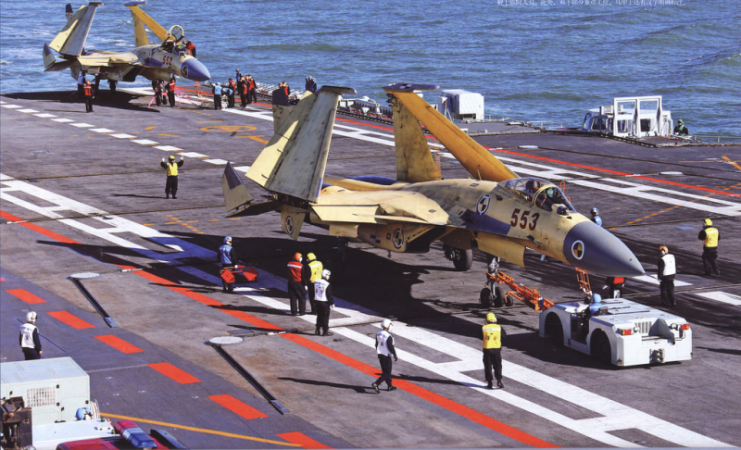
The J-16 “Red Eagle” is the same as the two-seat Su-30MKK Flanker, updated to handle Chinese weapons, which makes it a specialist strike plane similar to the F-15E Strike Eagle. Reports stated that China was able to produce seventy three Su-30MKKs between 2000 and 2003, another twenty-four further upgraded Su-30MKK2 in 2004 made entirely for anti shipping attacks used by the Naval Air Force. China plans on building up to one hundred J-16s by 2020.
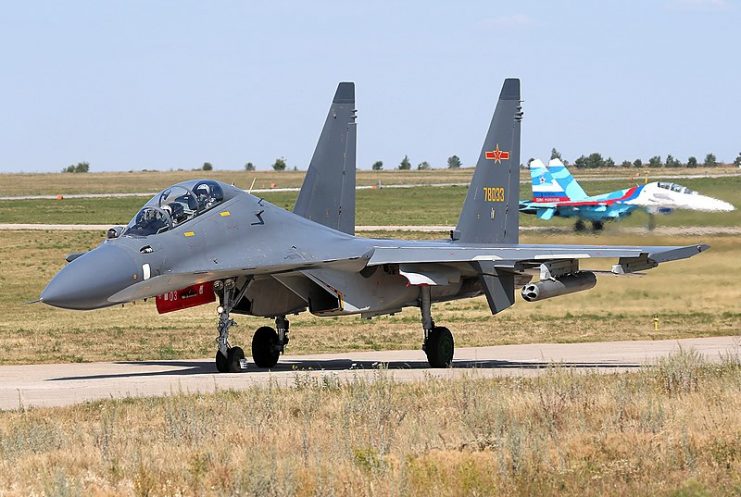
In December 2015, there were reports that an electronic-warfare variant, the J-16D was seen having jamming pods on its wing tips. Assumed to be intended to perform the same function that the EA-18 Growler can do to disrupt enemy air defense.
Both the J-15 and J-16 are equipped with Active Electronically Scanned Array (AESA) radars improving not only their air to air abilities but also enabling them to target several precision guided munitions all at once. AESAs are thought to be state of the art in aerial radar technology. They also have radar absorbent materials that reduce radar signature.
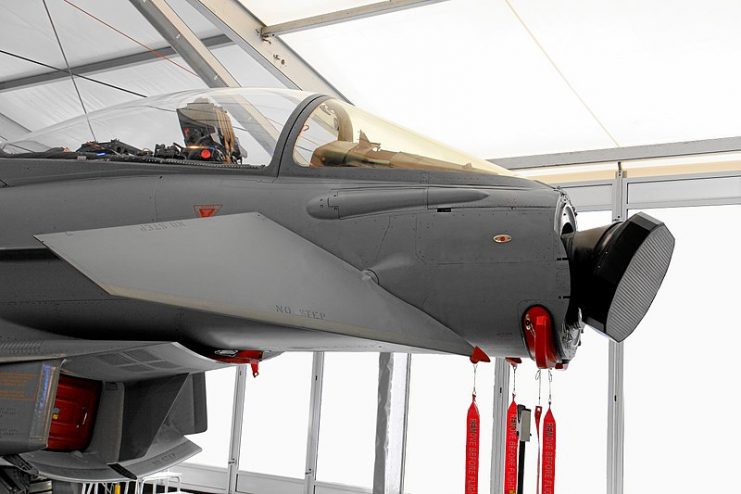
In 2015, China shocked some observers by unveiling that they were able to develop a prototype of the J-11D as high tech but isn’t to the level of Russia’s new Su-35. The J-11D has the AESA radar plus radar absorbent materials the same as the J-15 and J-16.
It also includes two additional underwing hardpoints modernized to equip the state of the art PL-10, PL-15 as well as the PL-21 air to air missiles and YJ-12 anti-ship missiles. (The distant of the PL-15 has caused concern inside the West.) Most interestingly, the J-16D includes datalinks enabling it to share sensor coverage alongside friendly aircraft and ships.
However, it doesn’t have the upgrades of the Su-35; making it easier to maneuver than the said variant.
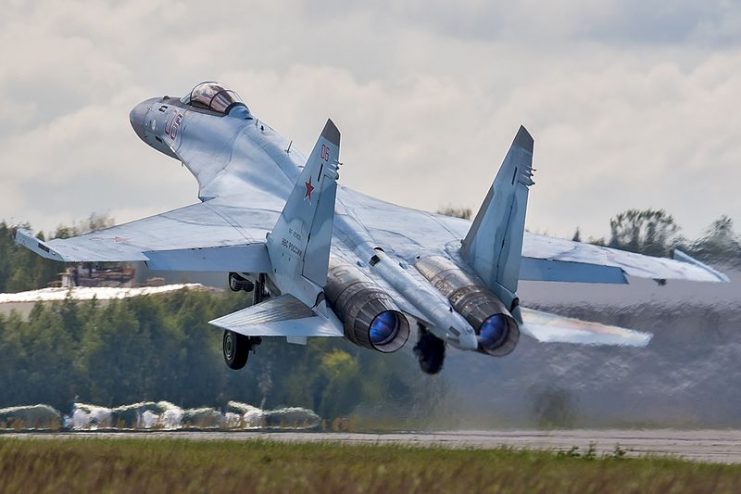
Not like earlier Chinese counterfeits of Russian aircraft, for instance, the A-5 as well as J-7, the J-11 series is made locally not transferred which means that the rights still belong to Russia. It is not yet combat tested.
On August 19, 2014, A J-11B intercepted a U.S. Navy P-8 Poseidon close to Hainan Island. They passed each other as little as twenty feet away, luckily no shots were fired. In April 2014, the positioning of sixteen J-11Bs near Woody Island in the South China Sea has evoked a diplomatic protest from Vietnam.
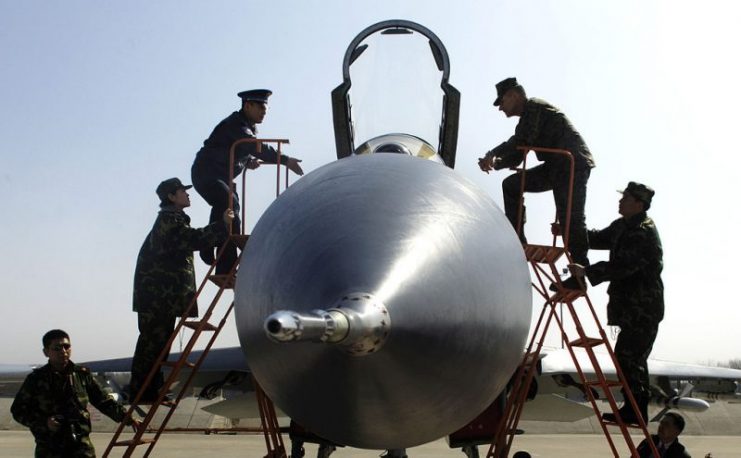
In general, the J-11B appears to be a sample of an F-15–equivalent fighter. Newer models are sophisticated, and it has more high tech electronics than their Russian counterparts. The J-11D together with J-16 suggest that China is adopting U.S. style networked warfare, which emphasizes high endurance platforms that are used beyond visual range missiles.
